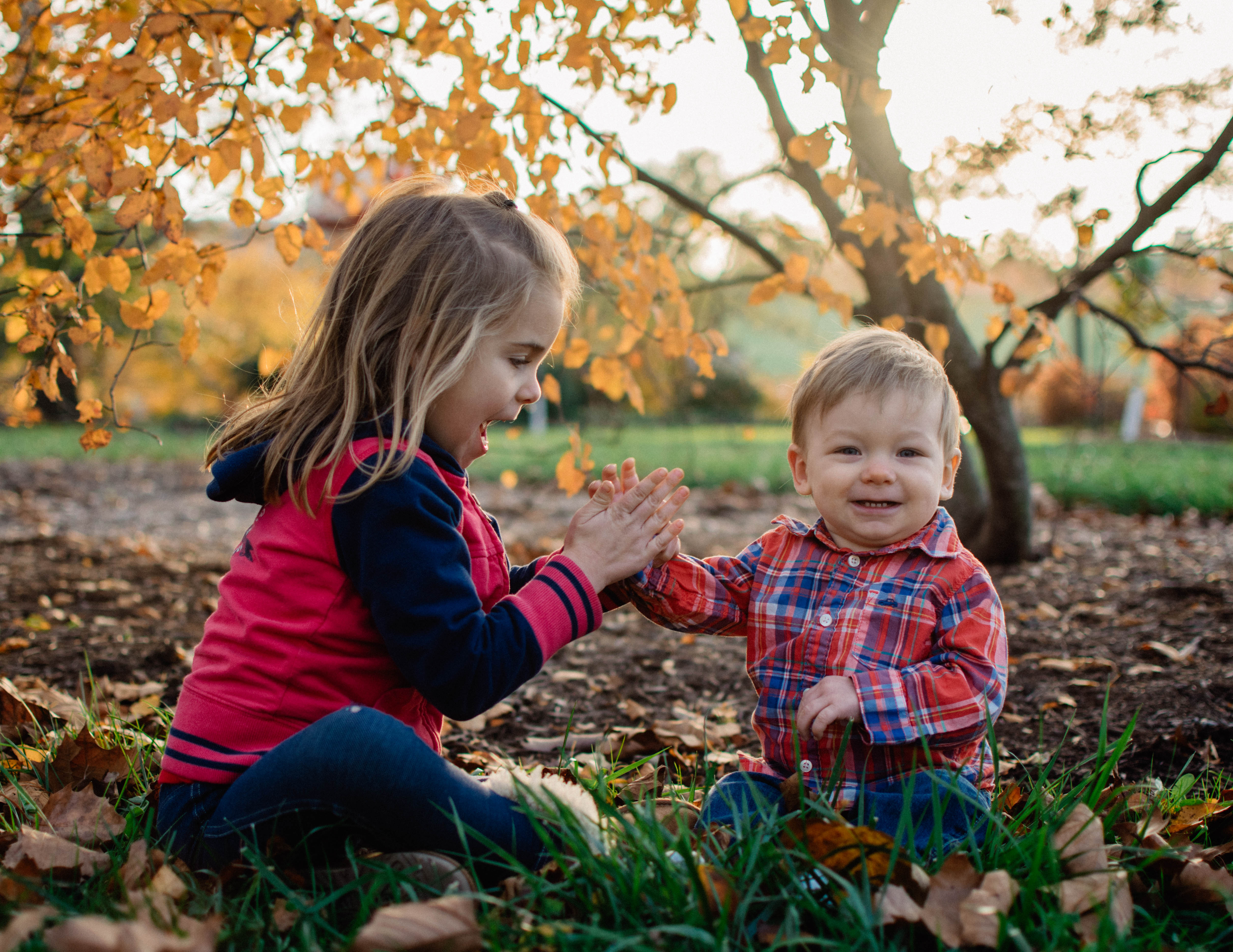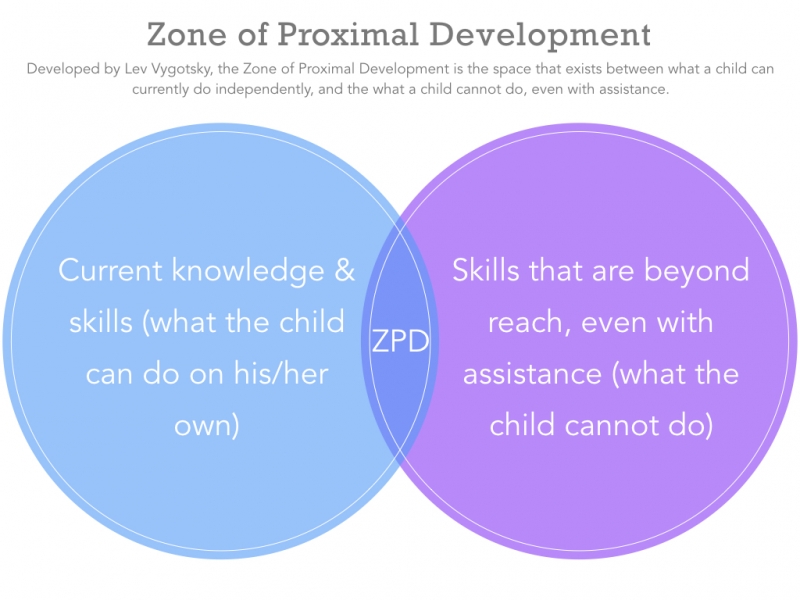The Benefits of Mixed-Age Classrooms in Preschool

Published Date: 02/12/20
You may have explored Montessori preschools and been intrigued by mixed-age groupings. While not widely practiced outside of Montessori, there are some preschools who have implemented this approach. It’s especially likely in home-based daycare and preschool programs where there aren’t enough children in each age group to segment them.
For the most part, children are grouped by age for the majority of their education. However, studies tell us that while this may be easy for schools to register students into age-appropriate classrooms, this may not be the ideal way to learn, especially for preschool children.
Research into mixed-age classrooms was pioneered by Lillian Katz, professor emerita of early childhood education at the University of Illinois at Urbana- Champaign, in the 1980s. Katz wrote the book The Case for Mixed-Age Grouping in Early Education and found, among other things, that younger children in mixed-age classrooms were able to participate in more complex activities when an older peer initiated it, rather than when younger children were told by an adult that they could do it themselves. New things can be intimidating for small children and when they see another child doing it, they are more apt to try it.
There are additional benefits to mixed-age groupings in preschool as well.
1. Older children become leaders
Within a mixed-age grouping, older children take leadership roles over younger children, even if they’re not typically a leader among their peers. Older children become more confident. They’re more likely to provide help, share, and teach younger children, and this in turn strengthens their social skills, their communication skills, and their understanding of various topics.
2. Older children stimulate younger children’s development and vice versa
The Zone of Proximal Development was developed by Lev Vygotsky, a Russian psychologist and pioneer in socialcultural theory among children. Vygotsky believed that social interaction played a critical role in children’s learning. The Zone of Proximal Development is the space that exists between what a child currently knows and what a child cannot yet do, even if assisted. It is in this space that children are willing to take risks, challenged, and excited. In mixed-age groupings, children are likely to stimulate each other’s growth in this space.

3. Family structure and neighborhood grouping are mimicked by mixed-age classrooms
Families and neighborhood children have been the primary source of both socialization and education for kids since the dawn of human beings. This is how children have always existed and learned. Older siblings and extended family members are left to care for younger ones in some capacity, taking them on adventures, teaching them, and challenging them. School existed in a single room - the one room schoolhouse - until the country became increasingly urban and education reform was enacted in the mid-1800s. It wasn’t until then that children were segmented by age and the last public one room schoolhouse didn’t closed until 1967.
4. Mixed-age groupings boost self-esteem
As you well know, children develop at vastly different paces. There are children younger than two who know the alphabet proficiently while others still struggle with letters in kindergarten. Some become toilet independent quickly and easily and others take years (and tons of patience on their caregivers’ part) to get there. Because of this wide disparity of skill level, children in classes segmented by age who lag behind peers often develop low self-esteem even at extremely young ages. However, being among older children who are at the same level actually raises their self-esteem. In addition, as mentioned earlier, when the older children become class leaders their self-esteem is also boosted, even if they’re developmentally on par with younger children.
5. Children improve in both academic and social skills
Peer-to-peer tutoring is a natural result of grouping children of mixed-ages together, and there are proven academic benefits for both younger and older children in those situations. The child providing the tutoring reinforces his/her own learning while the child receiving the tutoring is getting 1:1 attention. Positive social interactions are increased while negative social interactions are decreased when peer tutoring takes place in the classroom. In preschool this may look more like helping rather than tutoring, but the benefits still exist.
When searching for preschools, consider the interactions between students and teachers and your values so you can pick the perfect preschool. Based on the research, you might want to add mixed-age groupings to your list of priorities.
Paper Pinecone is a thought leader in Early Childhood Education and a marketplace for parents to find the best daycare and preschool programs in their area. Parents search thousands of providers at no cost and providers always list free. Get started today.
- stacey's blog
- Log in or register to post comments



